Table of Contents
- Panama Canal announces new measures regarding transits and maximum ...
- Mercosur–EU Free-Trade Agreement: What's in It and What's Next? | AS/COA
- Panama Canal plans new reservoir to ease drought struggles ...
- The best Panama Canal Cruise Deals
- Newly expanded Panama Canal opens for bigger business – The Tico Times ...
- ‘Bucket list' cruise: The Panama Canal turns 100
- US union warns Panama Canal working conditions could lead to ...
- Adventure and Discovery - Exploring the Panama Canal
- Fotos Del Canal De Panama | Hot Sex Picture
- Panama Canal Cruises: Experience A Man-Made Marvel | Royal Caribbean ...
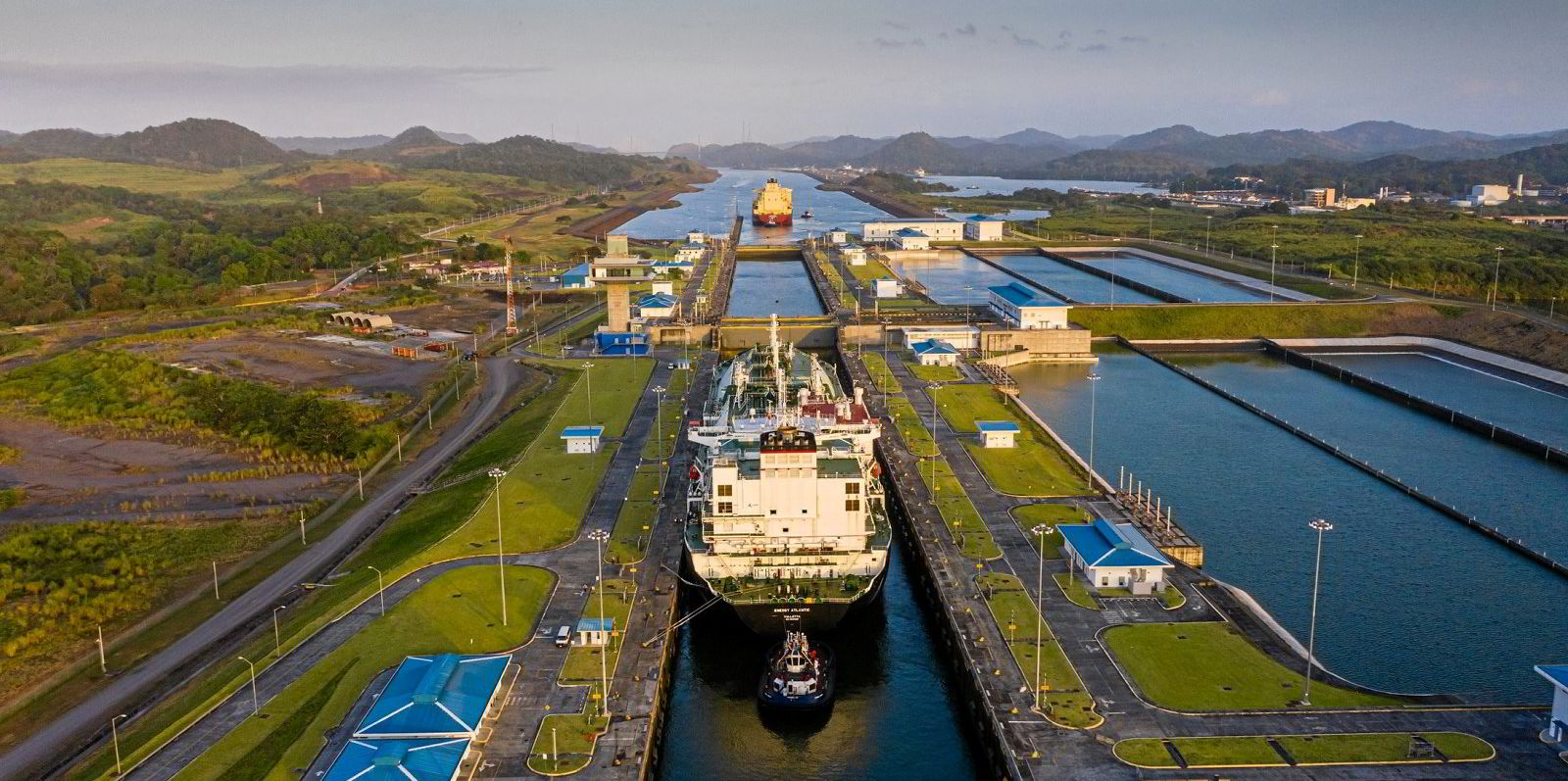


Definition and Purpose
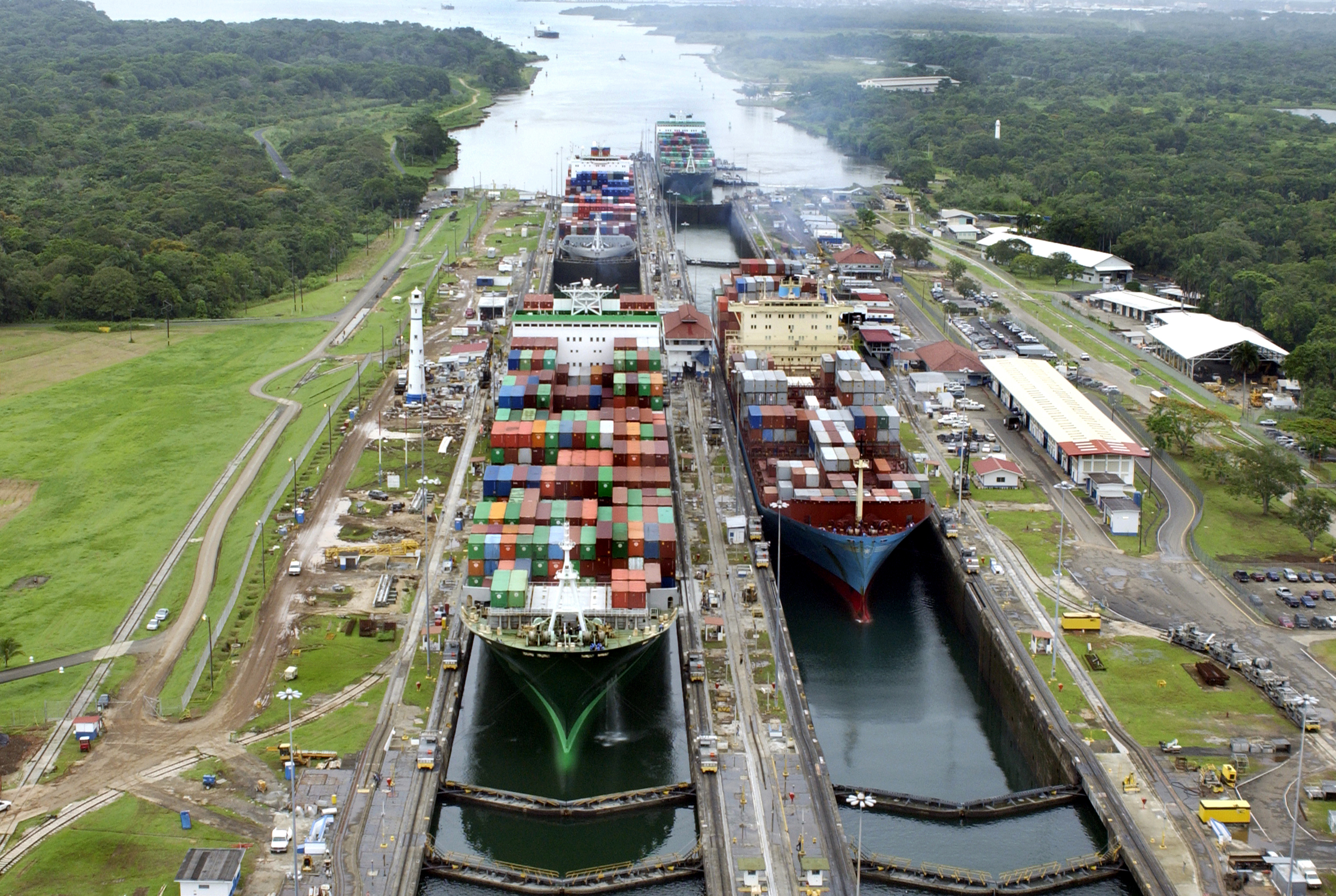
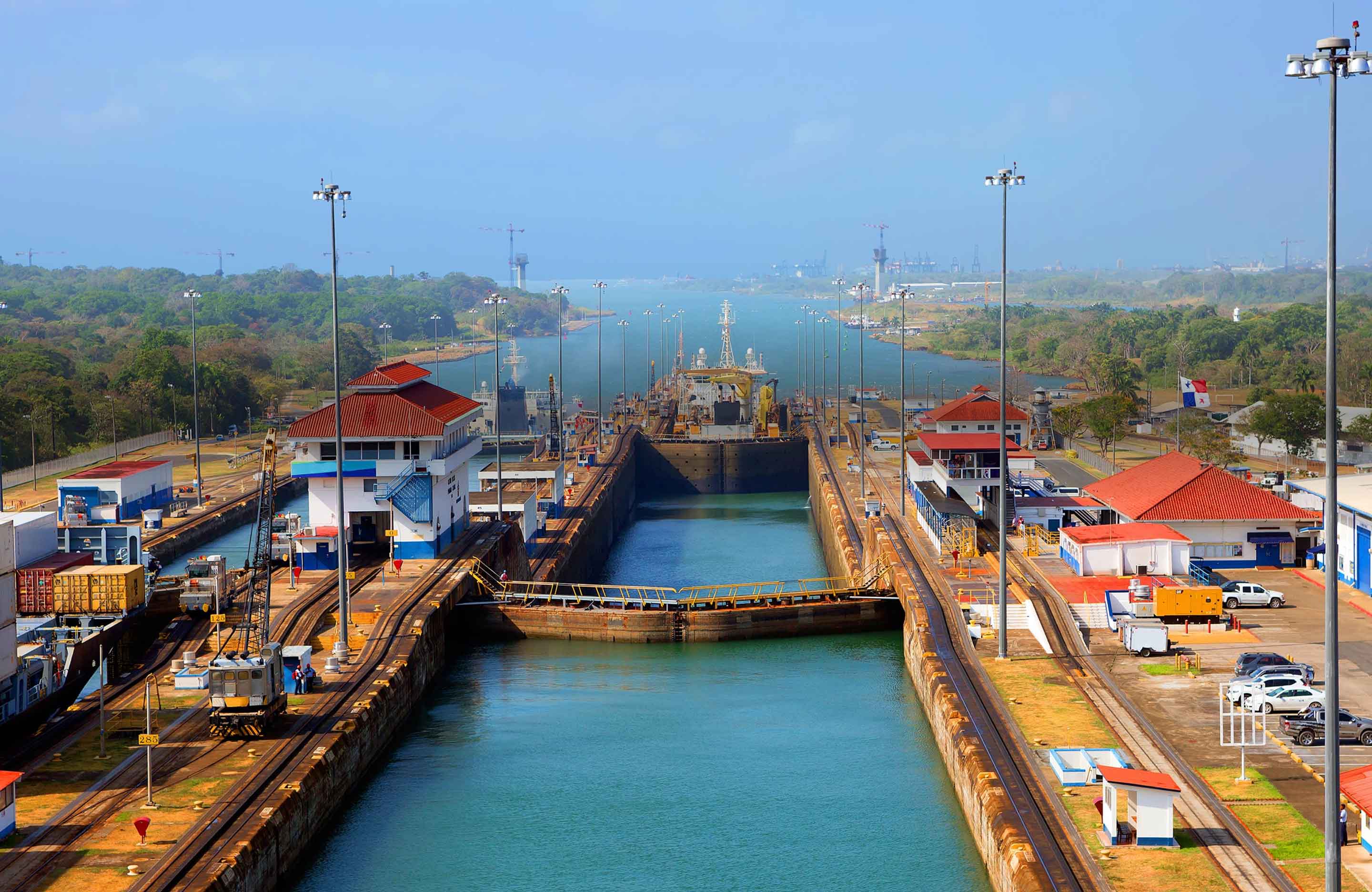
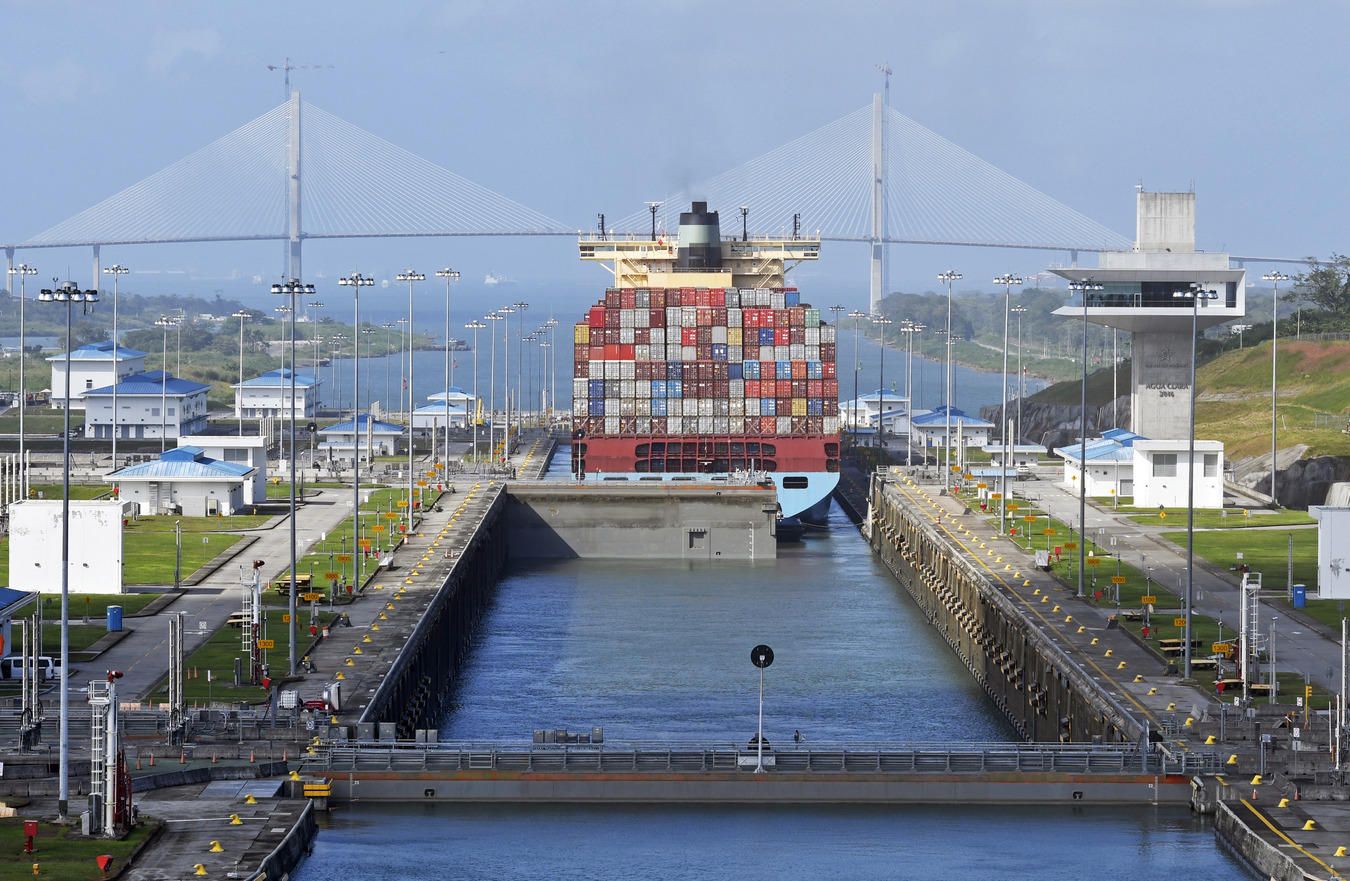
History of the Panama Canal
The concept of a canal across Panama dates back to the 16th century, but it wasn't until the late 19th century that the French began construction on the project. However, the French effort was plagued by engineering problems, tropical diseases, and financial issues, leading to the project's abandonment in 1889. The United States took over the project in 1904 and completed it in 1914, with the canal opening to traffic on August 15, 1914.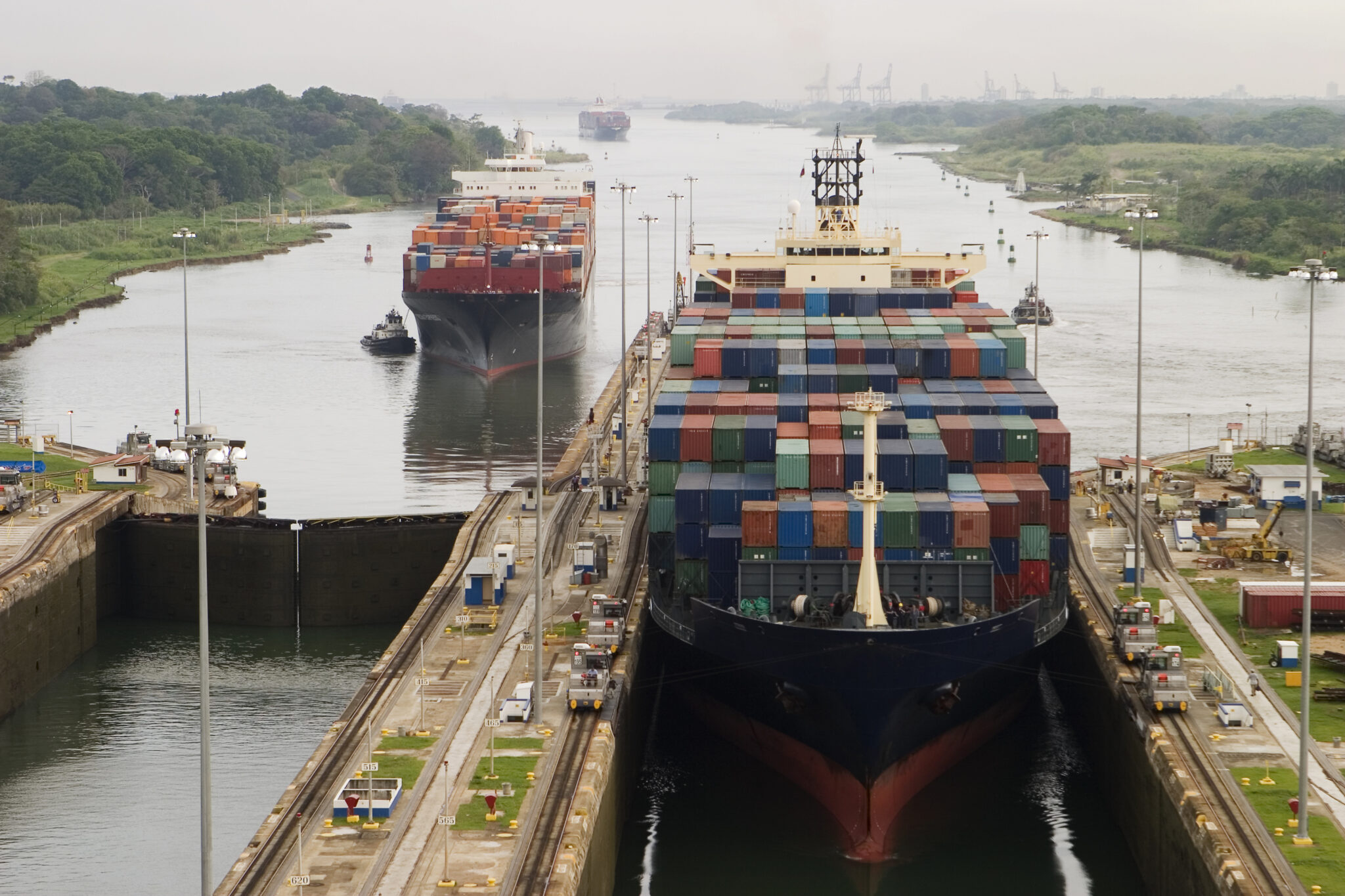
Ownership and Treaty
The Panama Canal was owned and operated by the United States from 1904 to 1999, with the Panama Canal Zone serving as a U.S. territory. However, in 1977, the Torrijos-Carter Treaties were signed, transferring ownership of the canal to Panama by the end of 1999. The treaty also established the Panama Canal Authority (ACP) as the autonomous agency responsible for the canal's operation, management, and maintenance.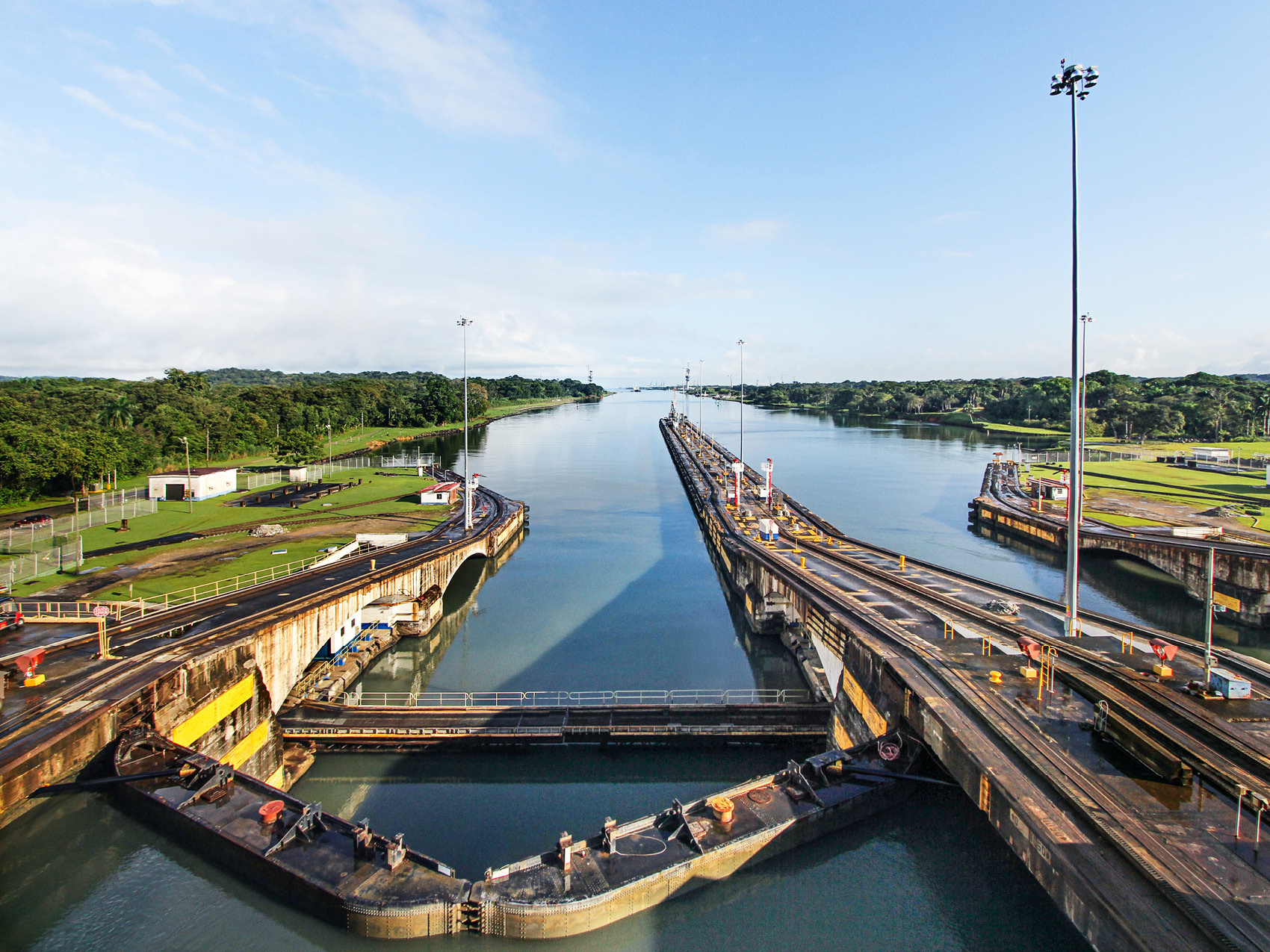
Map and Geography
The Panama Canal stretches from the Atlantic Ocean in the north to the Pacific Ocean in the south, passing through the Isthmus of Panama. The canal consists of three sets of locks: the Miraflores and Pedro Miguel Locks on the Pacific side, and the Gatun Locks on the Atlantic side. The canal's elevation varies from sea level to 85 feet (26 meters) above sea level, with the Gatun Lake serving as a water reservoir and navigation channel.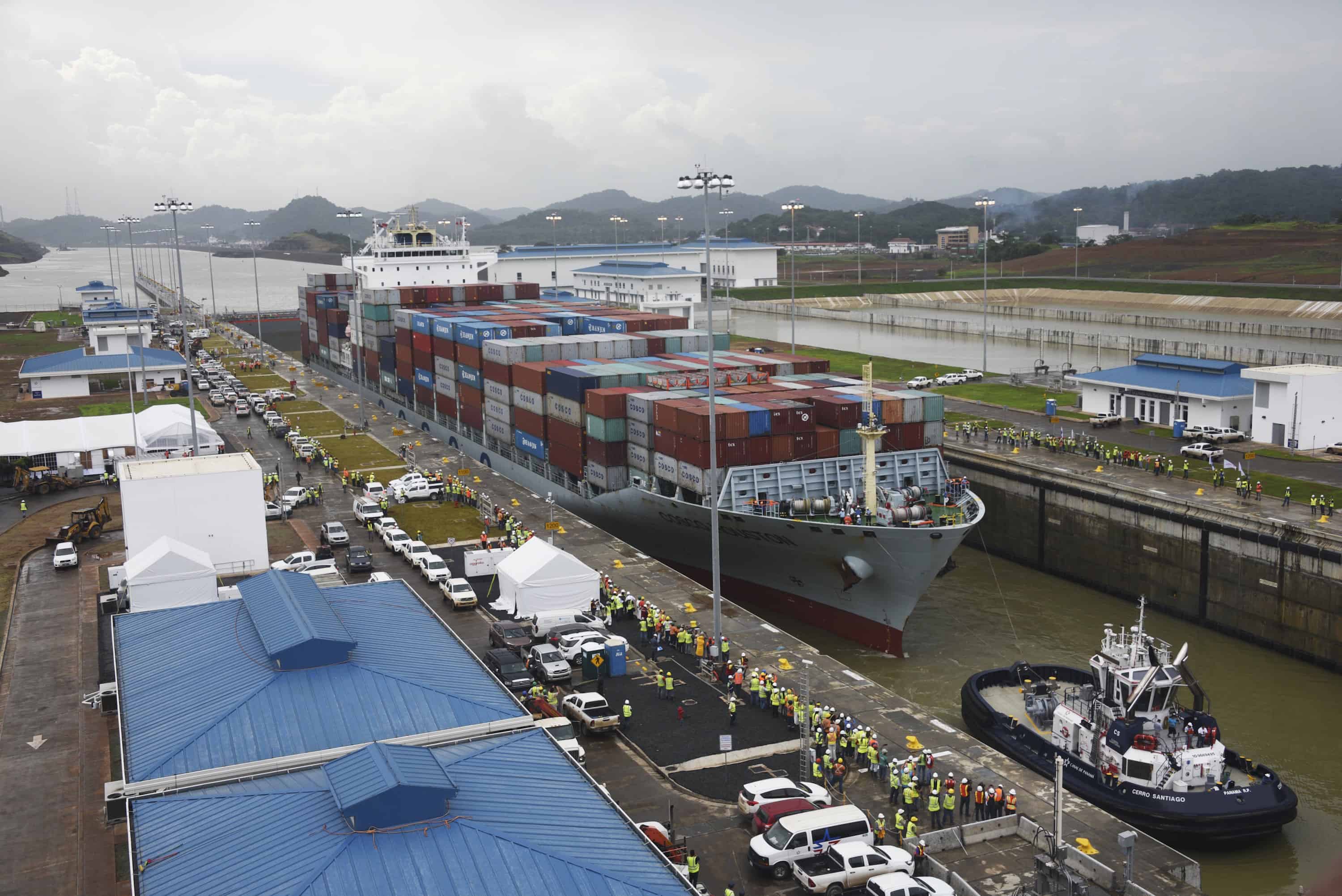
Locks and Operations
The Panama Canal's locks are a marvel of engineering, allowing ships to be lifted or lowered between the two oceans. The locks are 1,000 feet (305 meters) long, 110 feet (33.5 meters) wide, and 40 feet (12 meters) deep, with a maximum ship size of 965 feet (294 meters) in length and 106 feet (32.3 meters) in width. The canal operates 24/7, with approximately 40-50 vessels passing through daily, including container ships, tankers, and cruise liners.